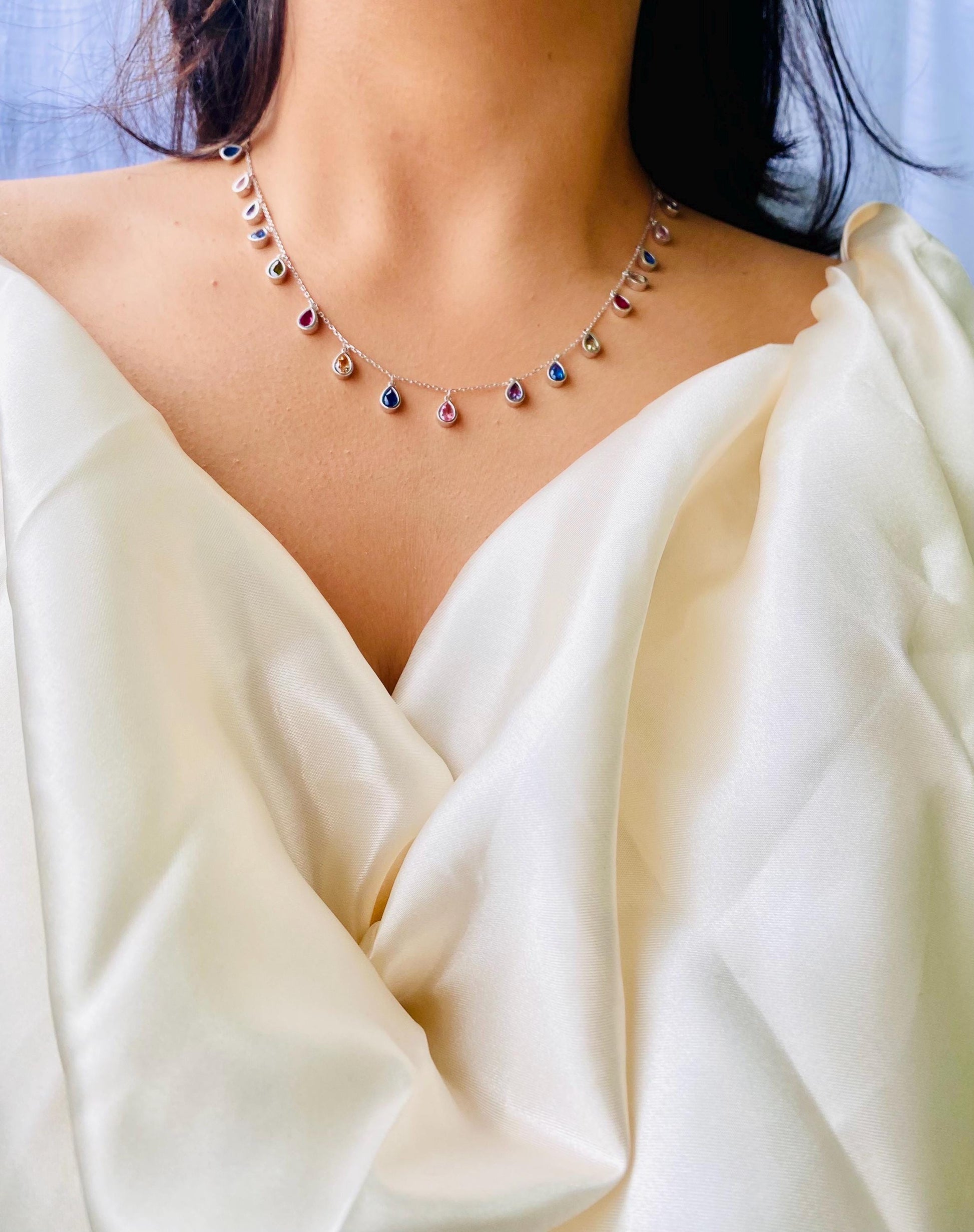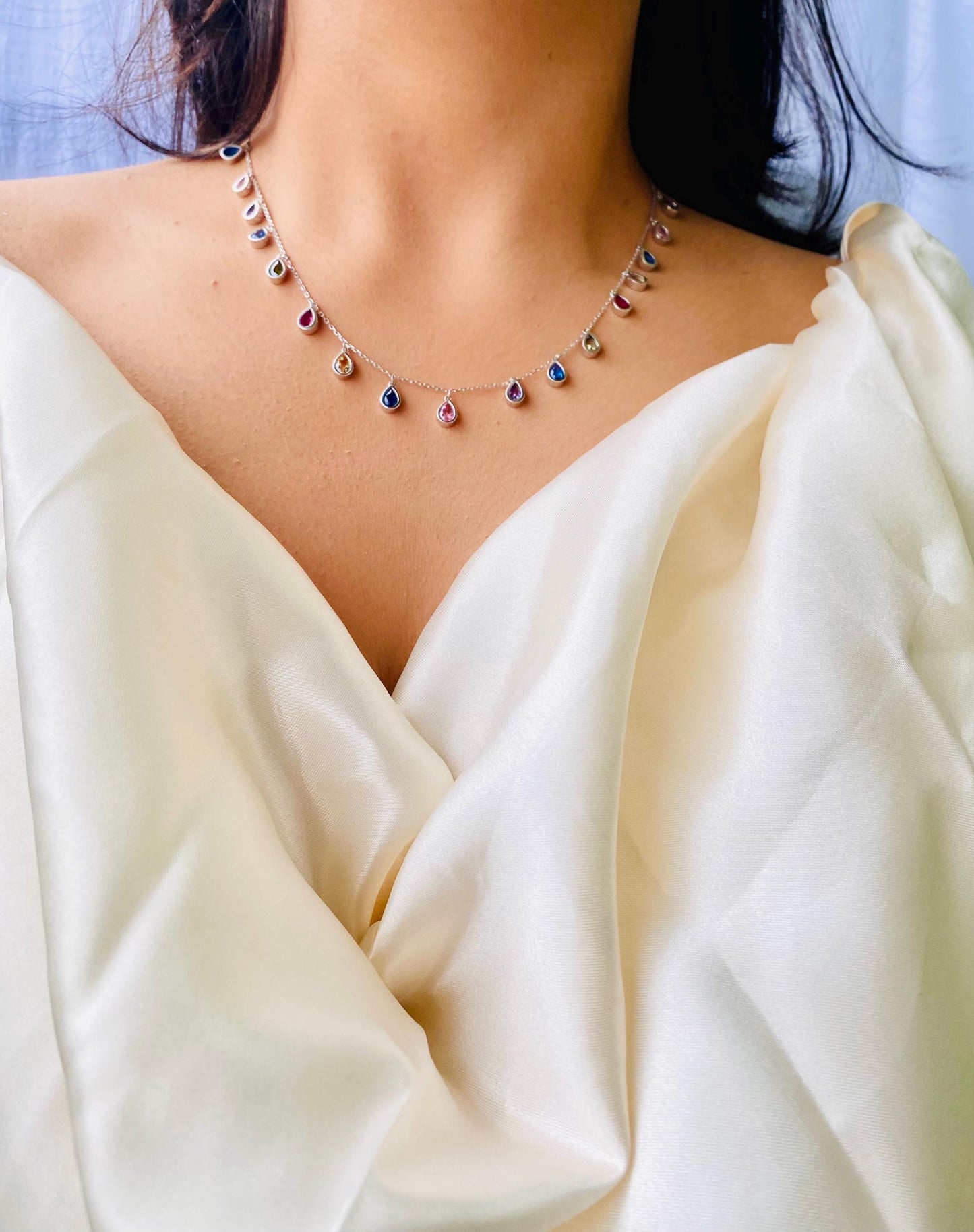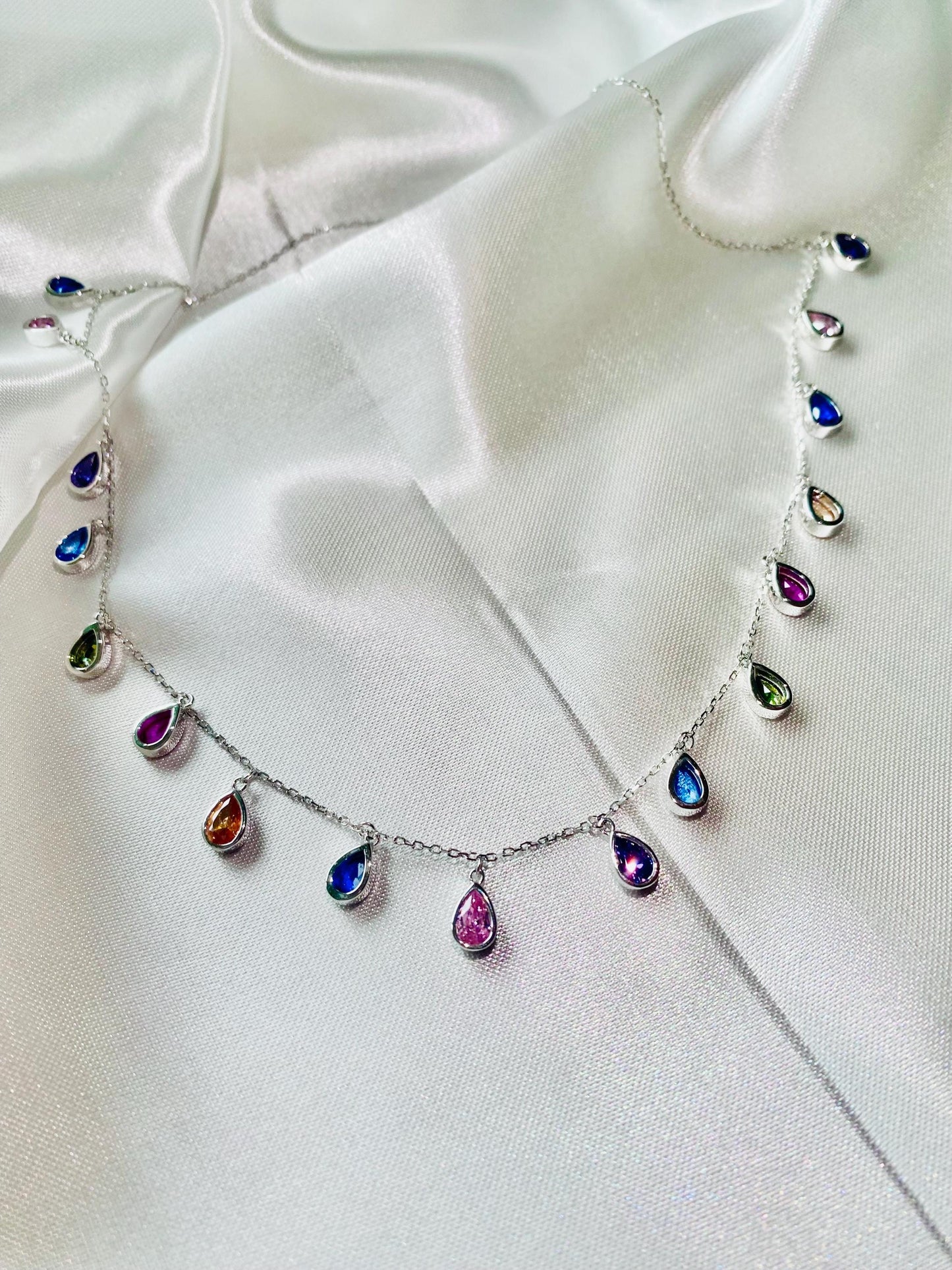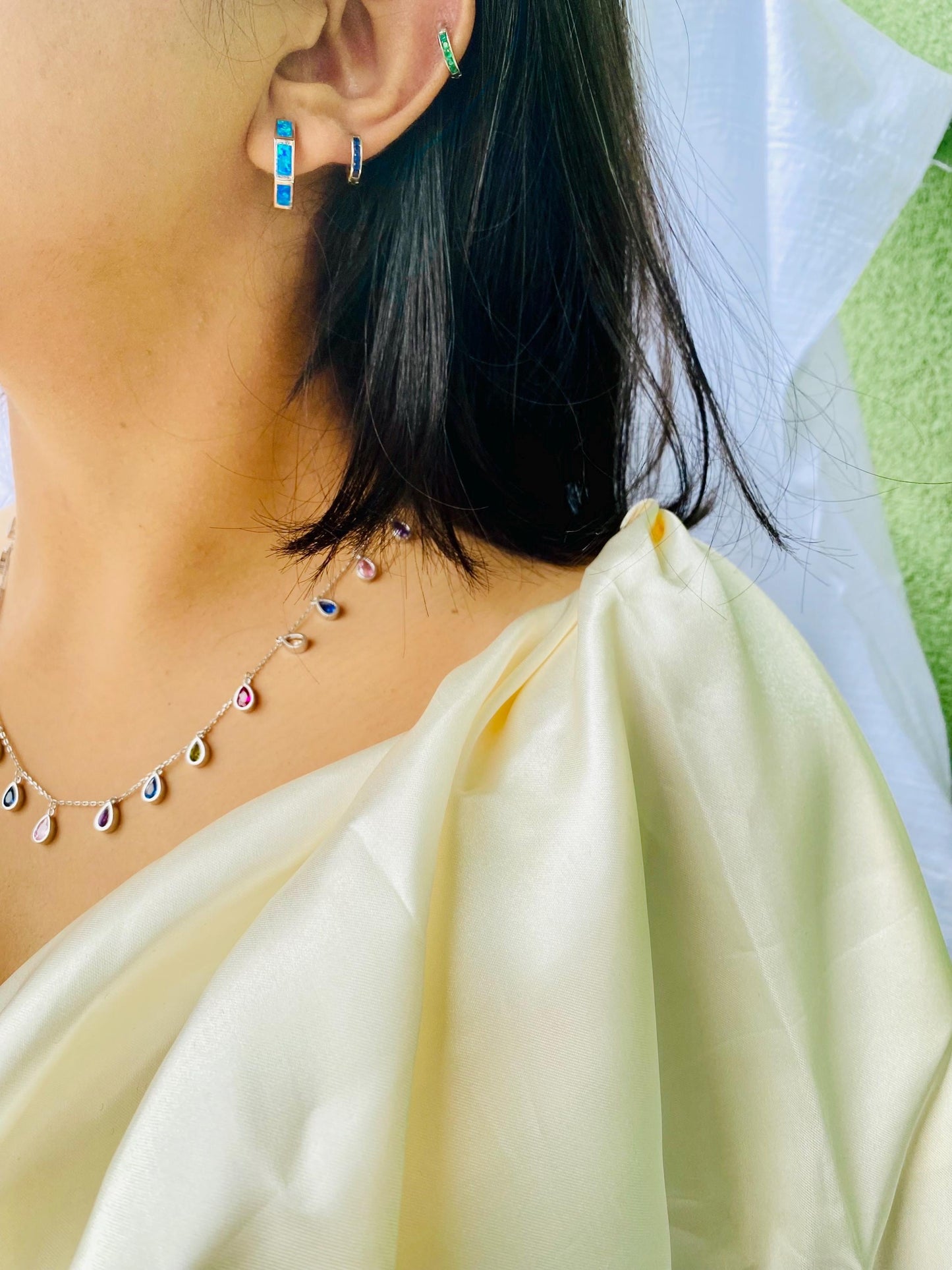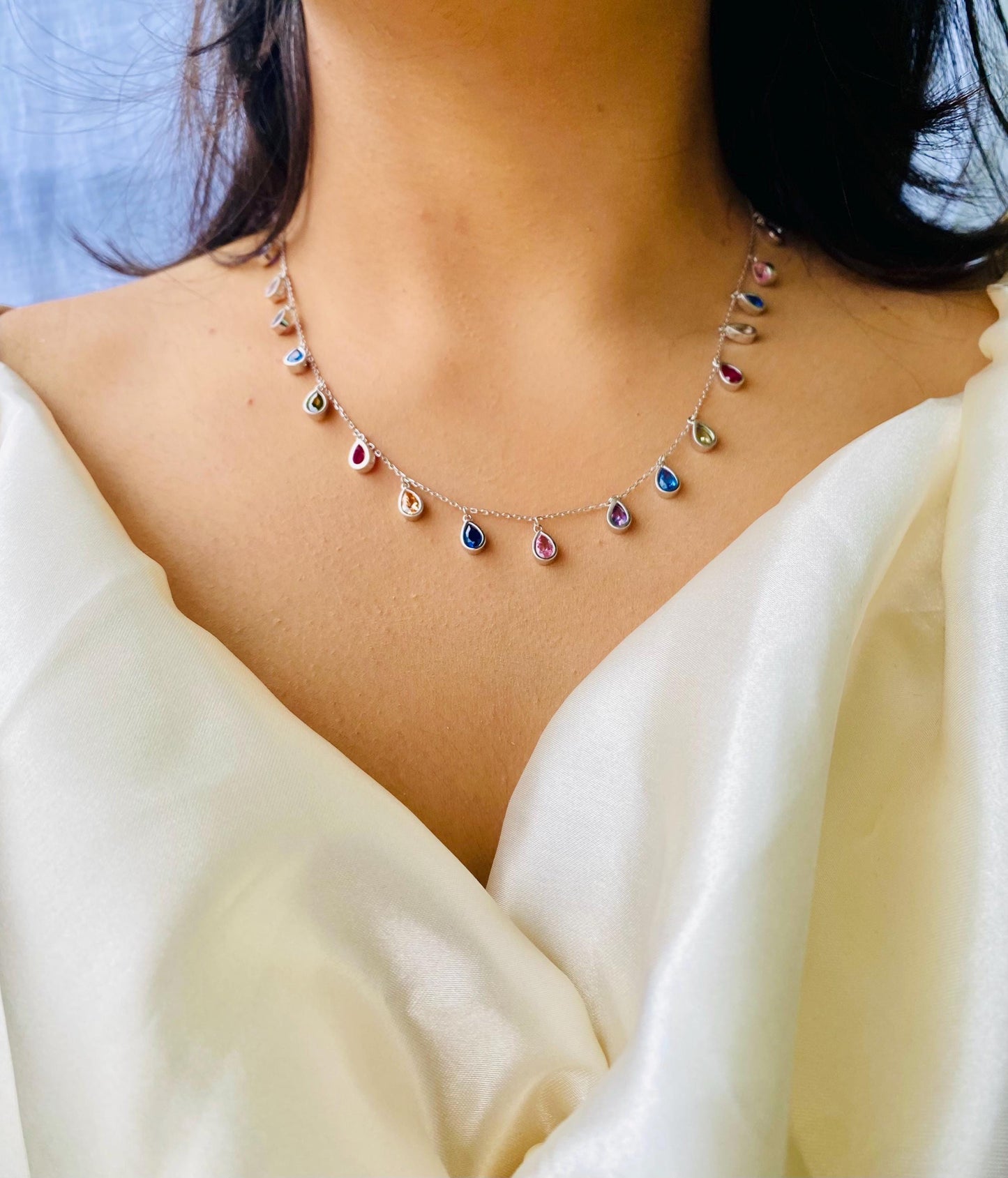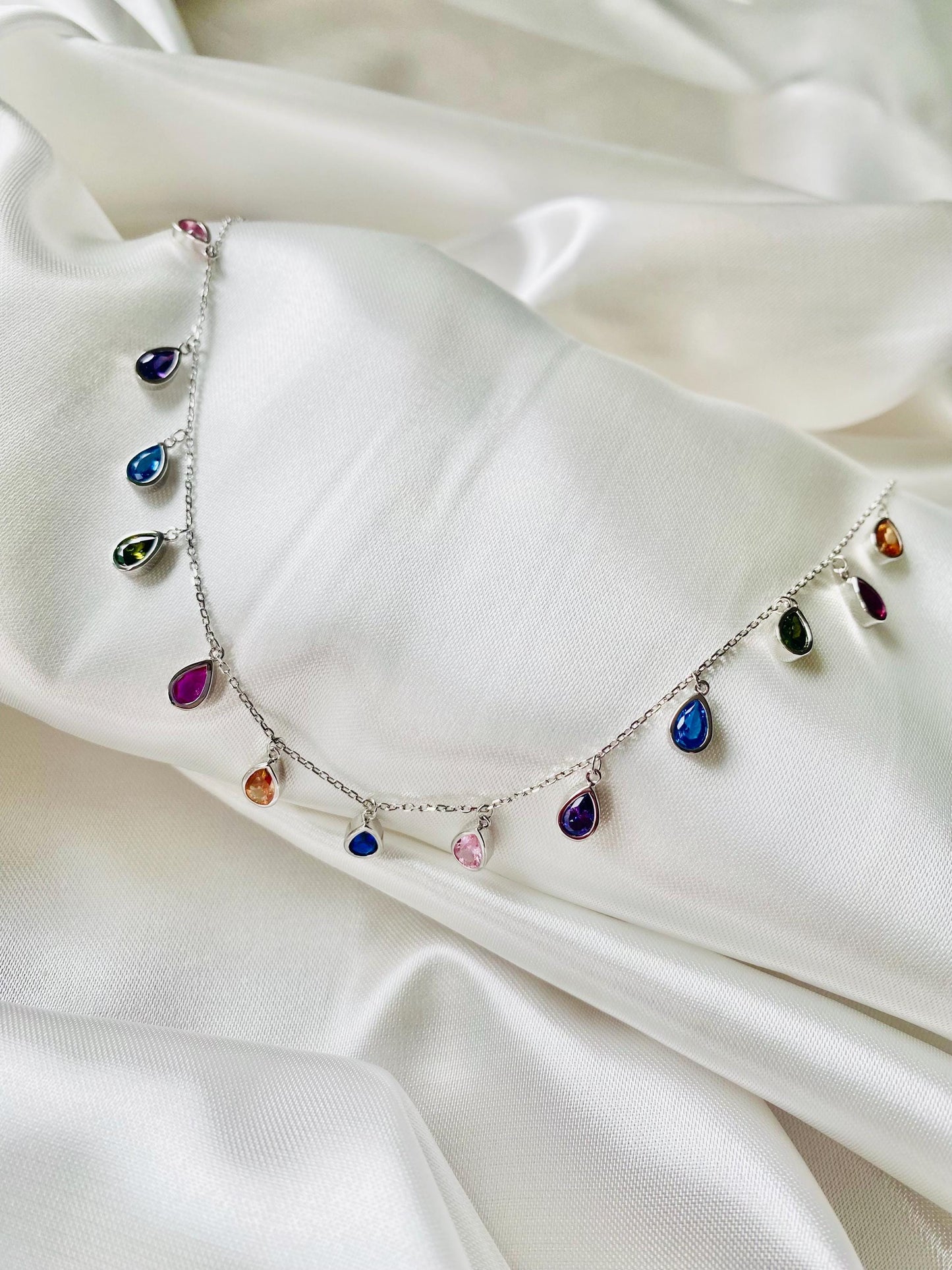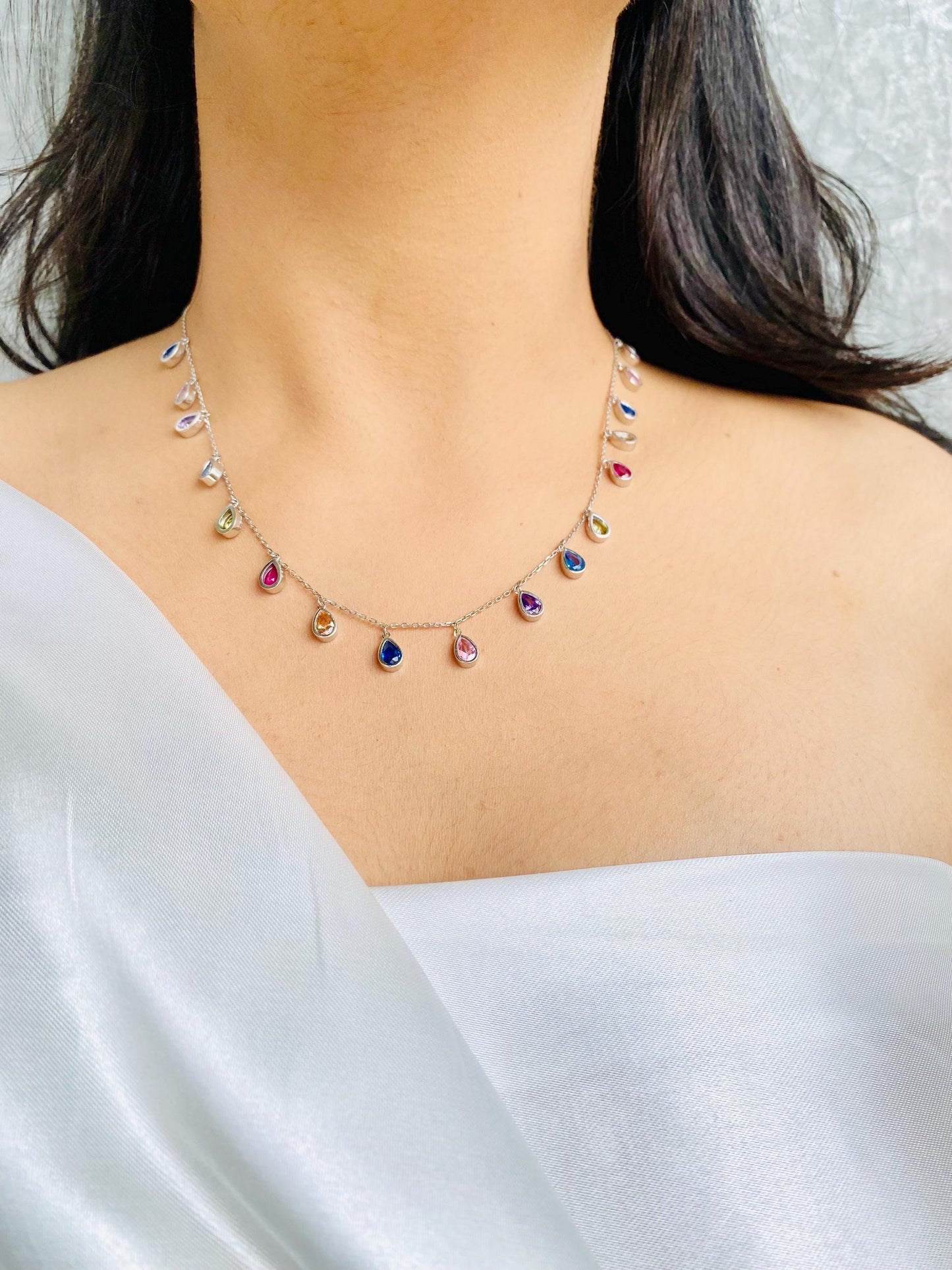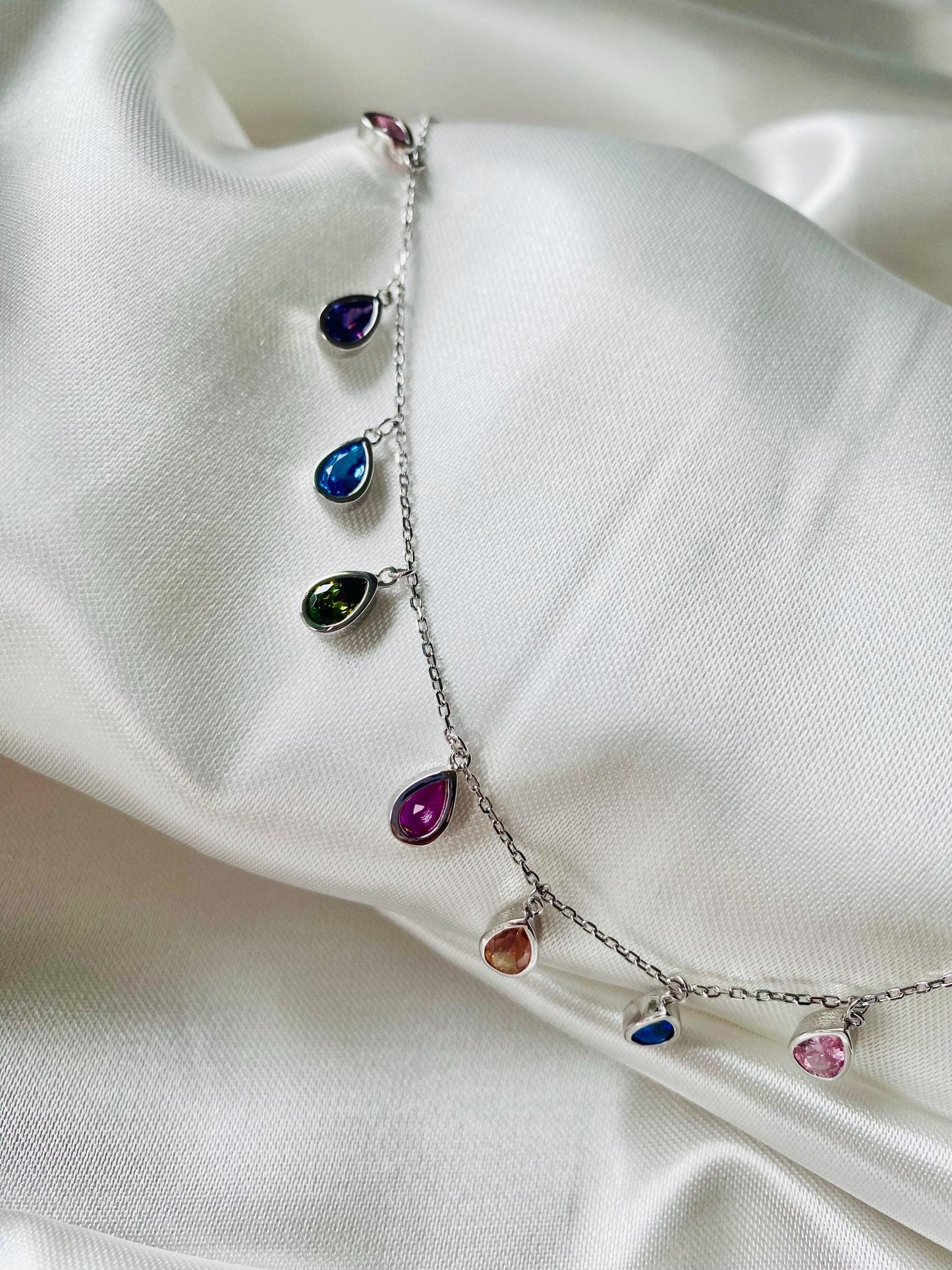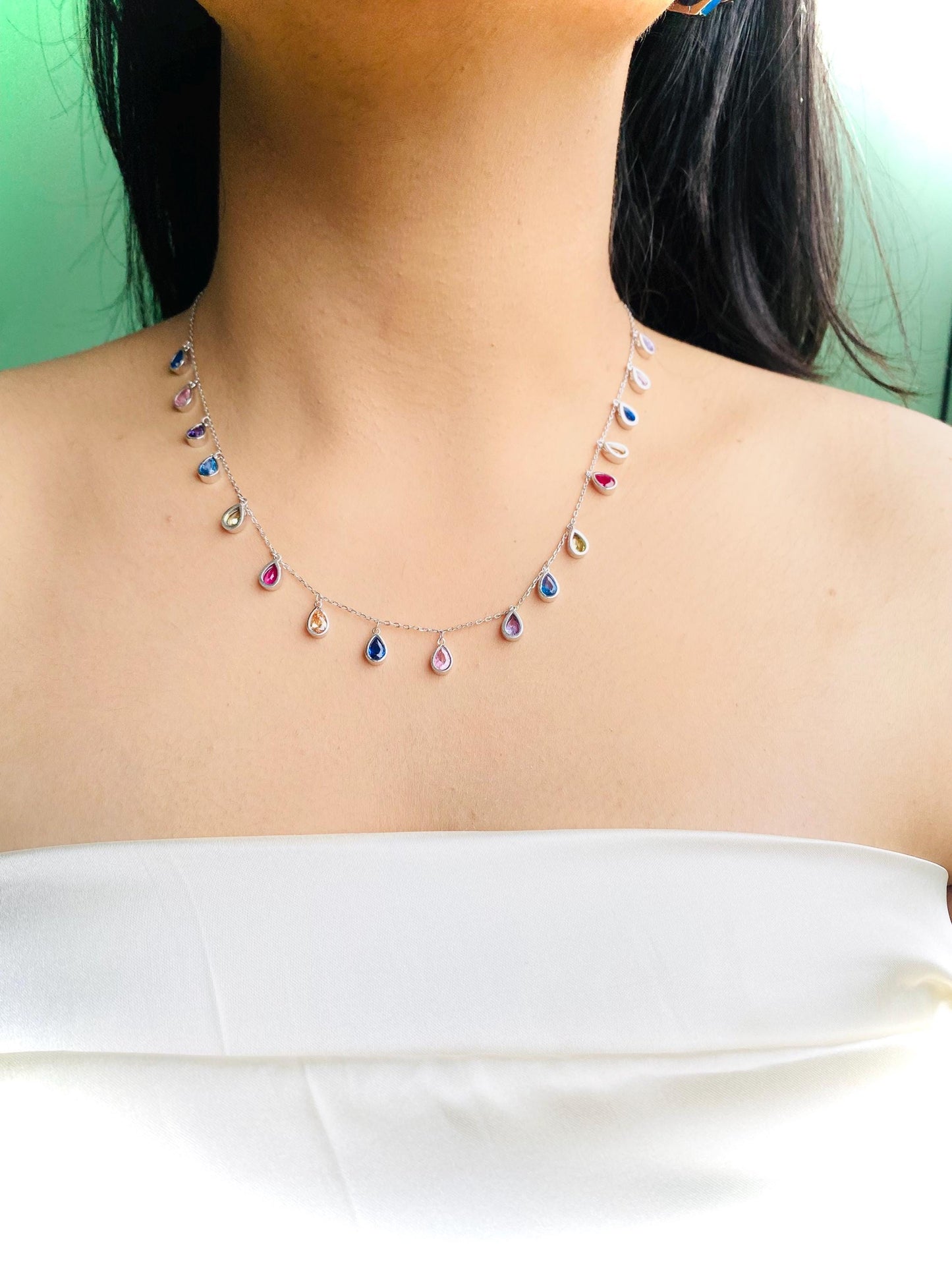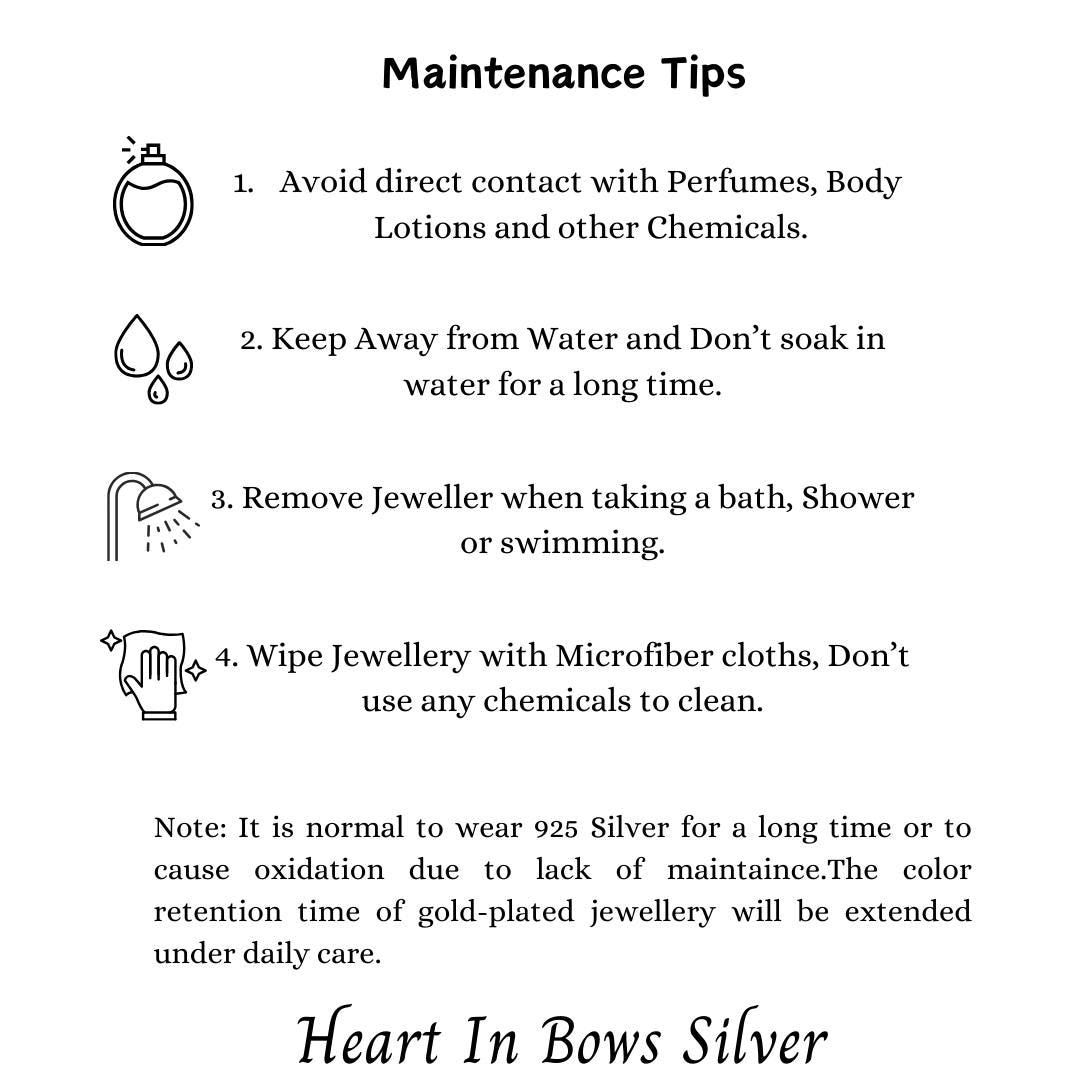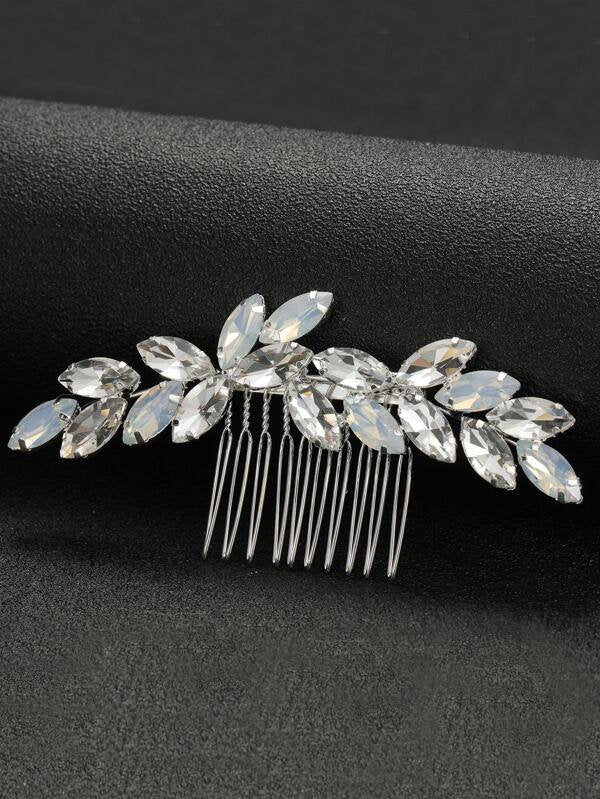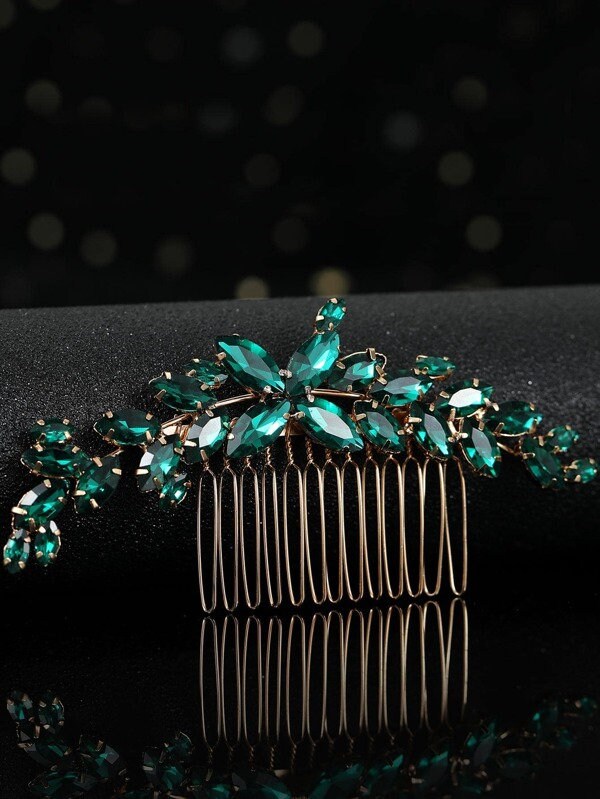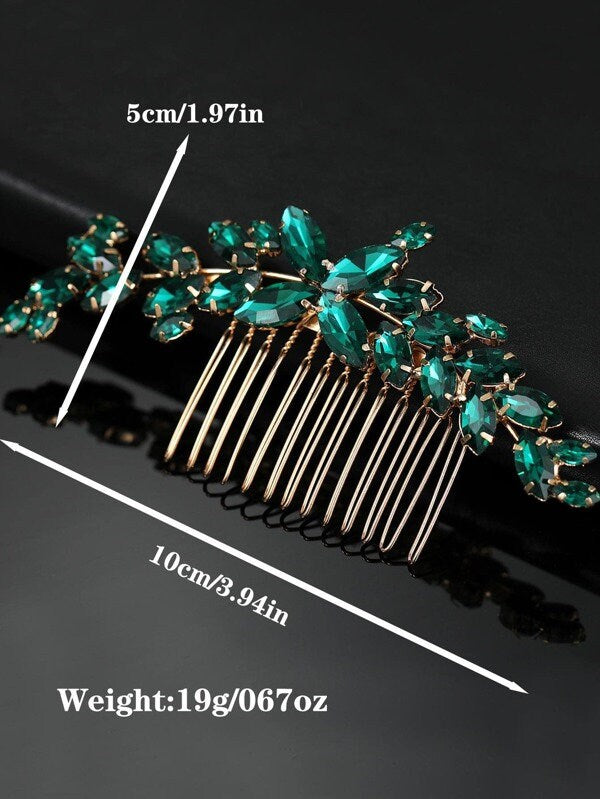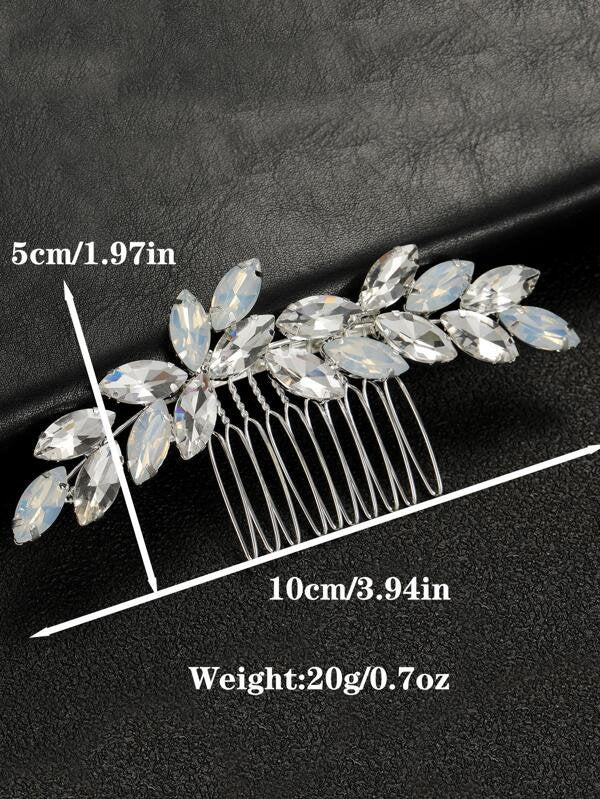Goldsmith: More Than a Trade – A Love Letter to Old Gold
Share
# Goldsmith: More Than a Trade – A Love Letter to Old Gold
*(English version of the original German post)*
> *“Gold isn’t just shiny; it tells stories.”*
> – A line my former apprentice whispered over coffee last week while we were gossiping about antique tools.
It’s just past eight on a rainy Monday in Hamburg’s Speicherstadt. I’m sitting in my tiny studio, coffee steaming next to my file, rain slapping the brickwork outside. Moments like these make me ask: what does *goldsmith* even mean today? Is it just a job—or is there more hiding among the wire clippings and polished fingernails?
## The soul behind the hammer
When I started my apprenticeship more than twenty years ago, “goldsmith” was still a title you carved in metal. My master, a stocky Berliner with a mustache and sandpaper voice, used to say:
> *“Every hammer blow lands on your heart, too.”*
Back then I thought it was poetic fluff. Today I know he meant responsibility. A goldsmith isn’t simply a jeweller who fills a display case. He—or she—is storyteller, mechanic, archaeologist and psychologist rolled into one. The customer walks in with more than money; they bring a story: a grandmother’s brooch, a proposal, a fresh start after divorce. Our job is to trap those stories in gold—without the metal losing substance and without the object’s soul crumbling.
## Numbers that shine (and don’t weigh you down)
According to the *Central Association of German Crafts*, Germany currently has about **1,850** traditional goldsmiths, with a slight downward trend. That sounds niche—and it is. Look closer:
- **78 %** of workshops are small master studios with at most three journeymen.
- **63 %** of apprenticeship places remain unfilled, says the Hamburg Chamber of Crafts, because too few teens sign up for the four-year program.
- The average goldsmith is **47 years old**—so we’re literally turning silver-haired.
Why does it matter? Because every lost master takes a slice of tradition with him. The knack for closing a filigree crown without solder pits, the eye for the right alloy, the feel for tension in metal—you won’t learn that on YouTube.
## Masterpieces between dirt and diamonds
Last month Mrs K., early seventies, walked in with a walking stick and a crumpled cloth. Inside lay a broken wedding ring.
> *“My husband never took it off, not even to shave. He’s gone now, and the ring is broken.”*
I didn’t repair the ring. I set the fractured piece into a new frame—a wave bezel that traces the crack like a river. When I showed her the result, she didn’t cry. She smiled.
> *“Now I carry him in my own way.”*
These moments aren’t one-offs. A quick poll I took among colleagues shows **54 %** of jobs arrive with an emotional back-story—inheritance, marriage, loss. Goldsmiths double as therapists with files.
## Trends that aren’t trending
Of course there are the other days: the influencer who wants a “statement piece” to pop on Instagram but has no clue why 14-karat is harder than 18. Or the start-up founder who wants cufflinks laser-engraved with the Bitcoin logo.
Even here there’s a lesson: the modern goldsmith must stay limber. **3-D printing** for prototypes? We use it. **Fair-trade gold**? Standard in my studio since 2019. **Laser engraving**? Sure—if the motif deserves it. Craftsmanship doesn’t survive in spite of modernity, but alongside it.
## What you should know as a client (no finger-wagging)
- **Price**: A handmade wedding band runs €800–€3,000, depending on whether you want a plain band or granulation filigree. Material cost is often the smallest slice.
- **Time**: Good work takes three to six weeks. Anyone who needs a ring “yesterday” should see a jeweller, not a smith.
- **Care**: Gold is soft. Rinse now and then with lukewarm water and a soft toothbrush—nothing more. Chemical dips are for silver, not your keepsake.
## Looking forward (and back)
Tonight, when I lock up, a half-finished pendant will still sit on the bench: a small circle engraved with the outline of Sylt, where my client took her first holiday with her daughter. It won’t hang in a museum, but it will be a masterpiece for two people.
Maybe that’s the core: goldsmiths aren’t luxury manufacturers. We’re metal chroniclers. Every bead of sweat on the brow, every warped sheet we coax straight again, is a chapter in someone’s life.
So next time you walk past a display window and spot a gleaming ring, pause a second longer. Maybe someone like me—with dirty fingers but a clean heart—turned a lump of ore and a lump of story into something that will outlast us all.
---
*PS: If you’ve got an old piece of jewellery waiting for its second story, I always have coffee on. Drop by and we’ll look at it together. No appointment needed—just a bit of time and an open ear.*

